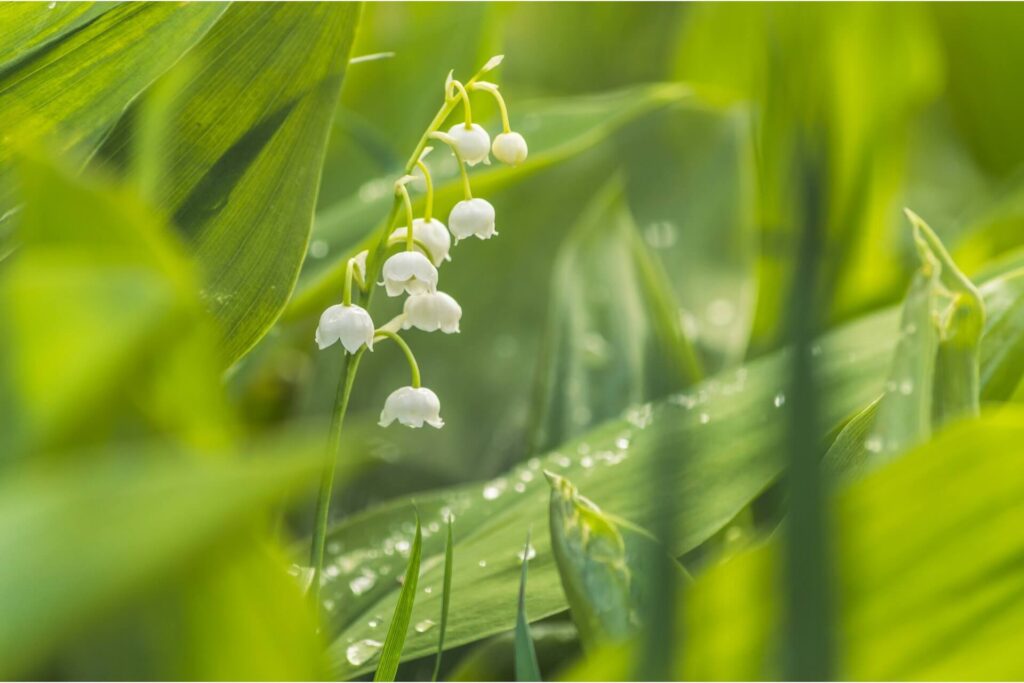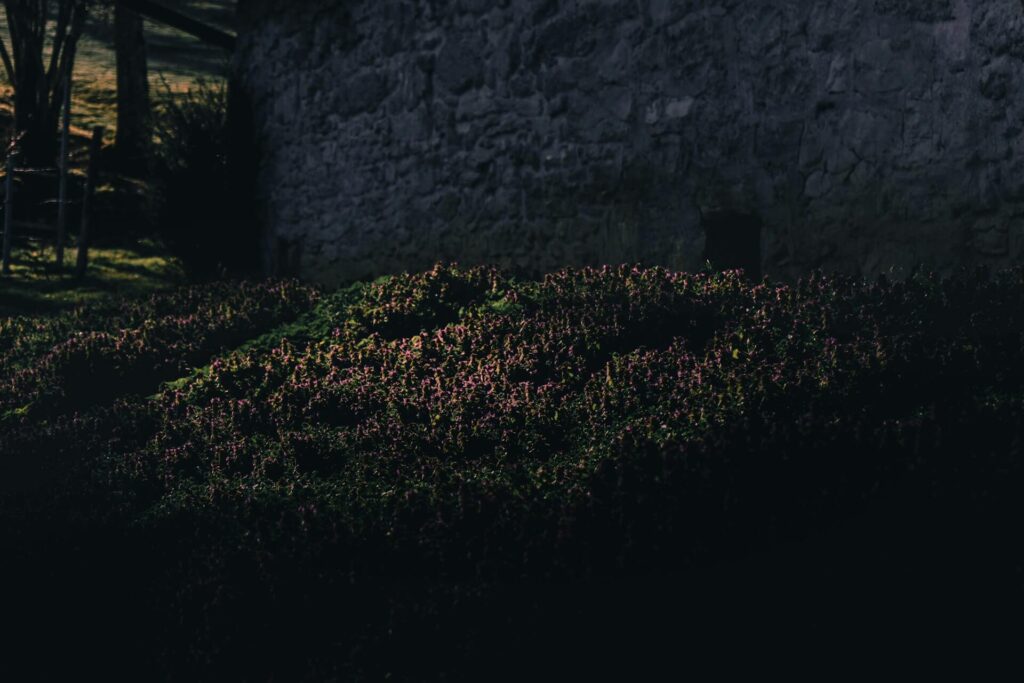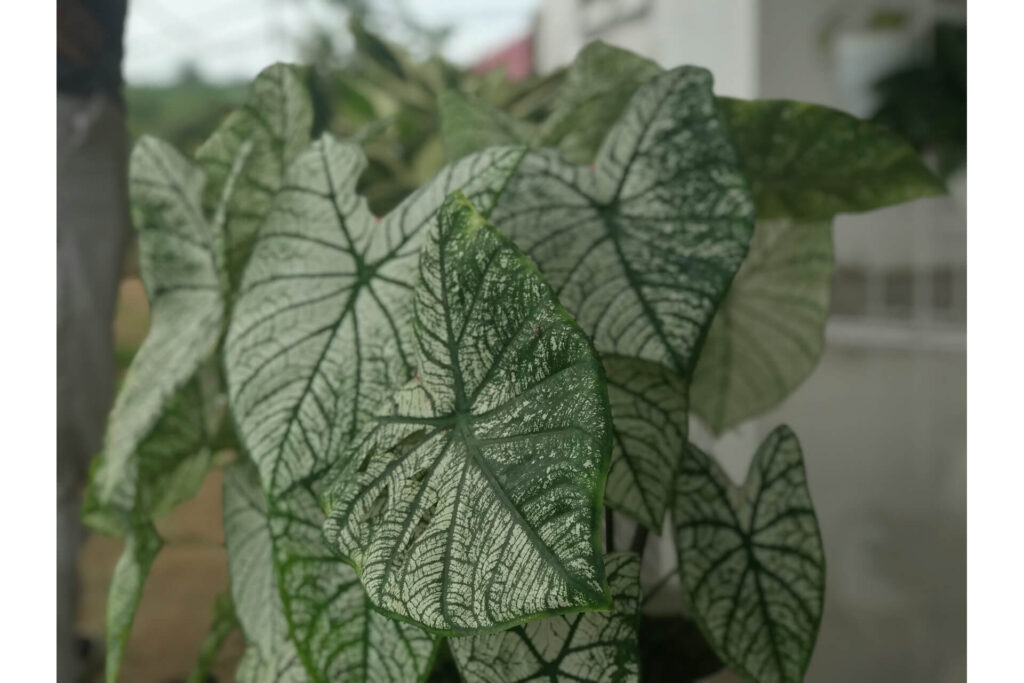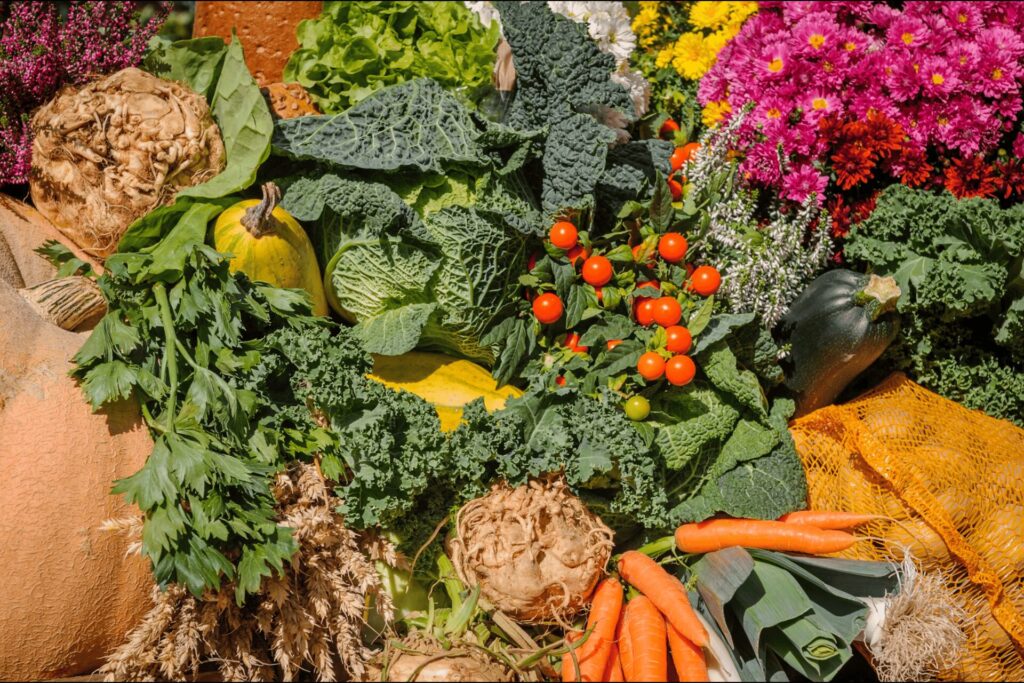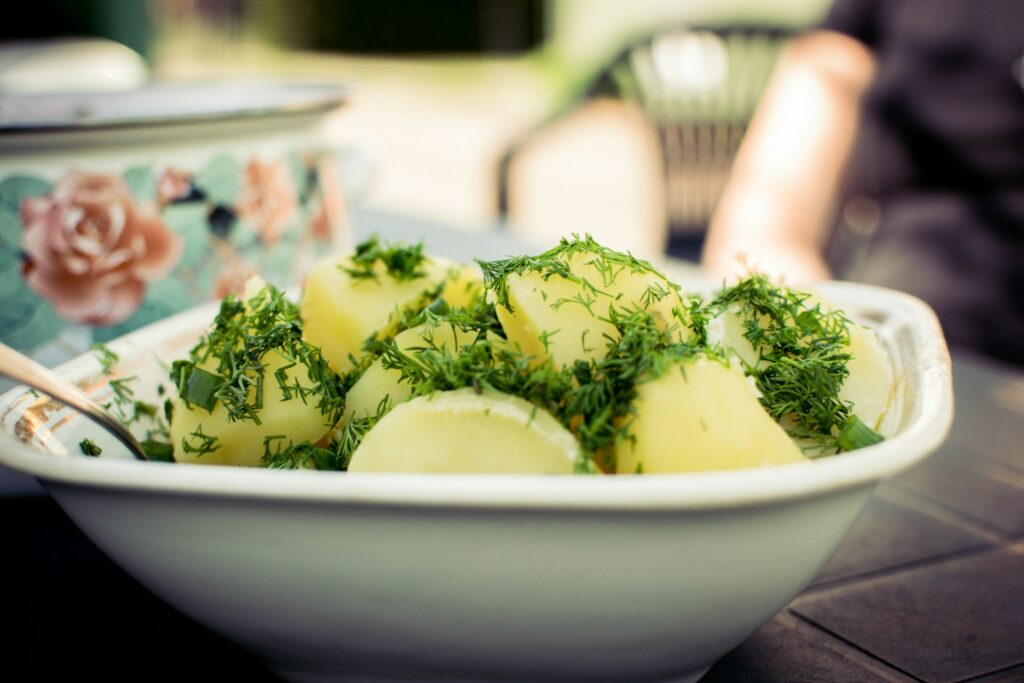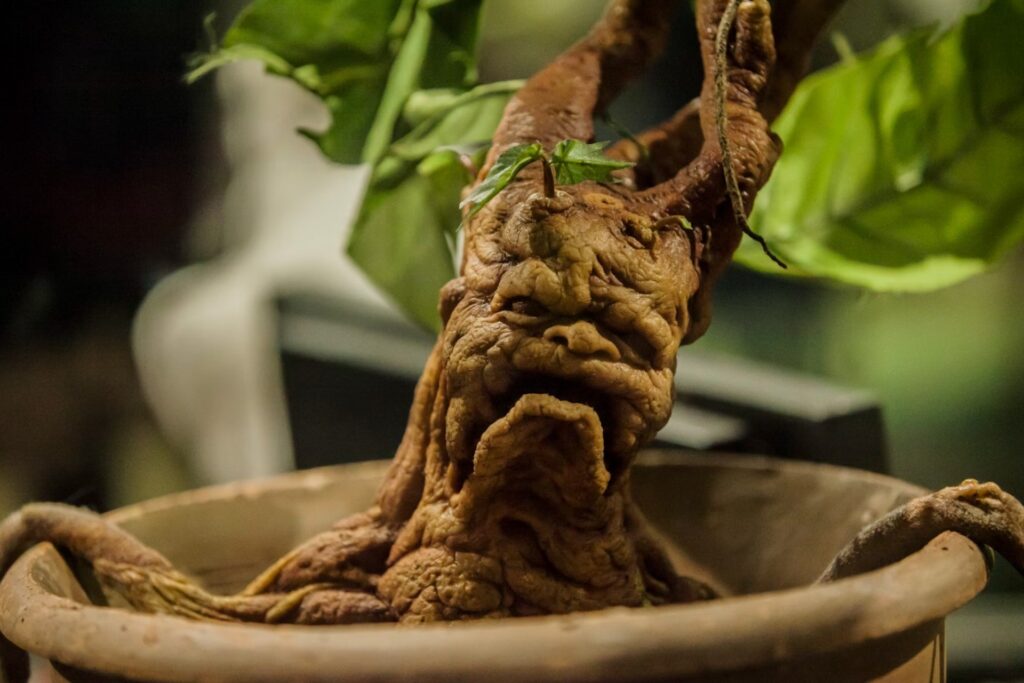
We are reader-supported. When you buy through links on our site, we may earn an affiliate commission.
They might look delicate — exquisite even, but ingesting any part of the Foxglove can result in severe allergic reaction, irregular heartbeat and even death. The same is true for dozens of other harmless-looking plants growing in the wild or your garden.
Knowing how to identify poisonous plants can mean the difference between an exhilarating outdoor adventure and an emergency trip to the hospital. Here’s how to go about it.
5 Ways to Identify a Poisonous Plant
Mother Nature does not put up warning signs next to toxic shrubbery. Plus, there is no single general rule of thumb for recognizing a poisonous plant, so you often have to perform multiple tests to be extra sure. These five steps make a great starting point.
1. Look It Up
If you encounter an unfamiliar flower or fruit during a hike, take a picture and upload it to your plant identifier app. These platforms utilize image recognition to compare against an extensive botanical database. Chances are you’ll find the information you need there without touching the plant.
However, an app is only as good as the internet connection in the area. There’s also the possibility that the output it provides is inaccurate. Lots of plants look similar, so it’s not always easy to tell which ones to avoid.
2. “Leaves of Three, Let it Be”
This is the golden mantra for identifying and avoiding Poison Ivy and Poison Oak in the wild. The leaves of these toxic plants grow in patterns of three on each stem, with the middle leaf always being the largest.
According to the American Skin Association, 85% of Americans are allergic to Poison Ivy, Poison Sumac or Poison Oak, so it’s always best to avoid any form of contact.
Poison Oak three leaves pattern | Source: unsplash.com
That being said, this rule is not perfect. Some plants, like strawberries and raspberries, typically have three to five leaves. Hence, the need for the next test.
3. Check for Telltale Signs
First, you’ll want to check if the leaves are smooth and shiny. That gloss you see could be a toxic coating that causes extreme skin irritation when touched, as is the case with Poison Sumac and Stinging Nettles. Still on the leaves, see if they have pointy or serrated edges. That’s probably the plant’s way of telling you to keep away.
Pointy leaves on the poisonous Holly tree | Source: unsplash.com
See if the plant has trichomes. These hairy-like growths along the stem and sometimes leaves can contain a combo of chemicals that cause harmful skin reactions when brushed against. Poison Hemlock, Jimson Weed and Giant Hogweed — three super deadly shrubs — all have hairy stems.
Lastly, check for milky sap. Many poisonous plants, including Manchineel, Poinsettia and Pain Bush, contain a whitish liquid holding the toxin. Of course, some trees and flowers with white sap are safe, but unless you’re absolutely sure, the safest course of action is to avoid plants with milky fluids altogether.
4. Do the Skin Rub Test
This test will come in handy if you’re foraging for food in the great outdoors. You want to separate the parts of the plant — roots, stem, leaves, flowers, etc. Take the first part and gently rub it on the inside of your wrist or elbow, and wait about 15 minutes to see if there’s any reaction, such as a rash or burning sensation. If none, take the next component and do the test again.
Separating the plant is essential because some parts may be edible while others are harmful. A great example is Rhubarb, which features prominently in pies and jams. However, only the stalks are safe to eat. The leaves contain a high amount of Oxalic acid, which can damage the kidneys when consumed in large doses.
5. Test it Against Your Lip
The skin rub test is not 100% foolproof, so as an added precaution, consider cooking any unfamiliar plants you find in the wild before eating. If cooking is not an option, you can move on to the lip test.
Rub the plant on your lip and wait about 15 – 20 minutes for signs of a reaction. If safe, take a small bite and wait a few hours to see if it gives off any ill effects. Discontinue the testing if you feel any discomfort.
Pro tip: Check the shape of the plant stem. This test is to see if it’s edible. Flora with square-shaped stems are likely one of over 200 plant species in the mint family. Most mint-related herbs are safe to consume.
What to Do if You Touch a Poisonous Plant
It’s one thing to know how to identify poisonous plants — it’s another thing entirely to know what to do if you or your loved one comes in contact with them. Some general tips to keep in mind include:
- Recognize the symptoms: You want to look out for the usual symptoms: itching, red rash, burning sensation and blisters.
- Don’t touch your face: Your eyes, nose and mouth are especially sensitive. The last thing you want is for toxic oils or substances to spread on them.
- Wash immediately: Bathe the affected area with soap and water as soon as possible to remove the poisonous oils and reduce the risk of a reaction.
- Change clothes: If possible, change your clothes to prevent further contact with the plant’s toxins.
- Seek medical attention: If you’re experiencing a severe reaction, such as widespread rash, swelling or breathing difficulties, seek medical attention promptly.
What to Do If You Eat a Poisonous Plant
Every year, more than 100,000 Americans seek emergency help due to exposure to poisonous plants and mushrooms. To increase your chances of survival, the Poison Help Center recommends drinking 4 – 6 ounces of water to slow the body’s absorption rate of the poison.
As much as possible, take photos of the plant so it’s easier for doctors to determine the appropriate treatment. If you cannot take a picture, bring a sample to show them. Remember, the earlier they can administer the antidote, the better.
Know How to Identify Poisonous Plants
The reality is there’s no infallible way to tell if a plant is toxic. That’s why it’s important to be vigilant around plants, especially if you have kids or pets with you.
Follow the steps discussed in this guide and keep an eye out for warning signs. Wear long pants and shirts when interacting with plants outdoors to prevent accidental brushes with poisonous plants. Finally, never eat a leaf, flower or berry you don’t recognize.
